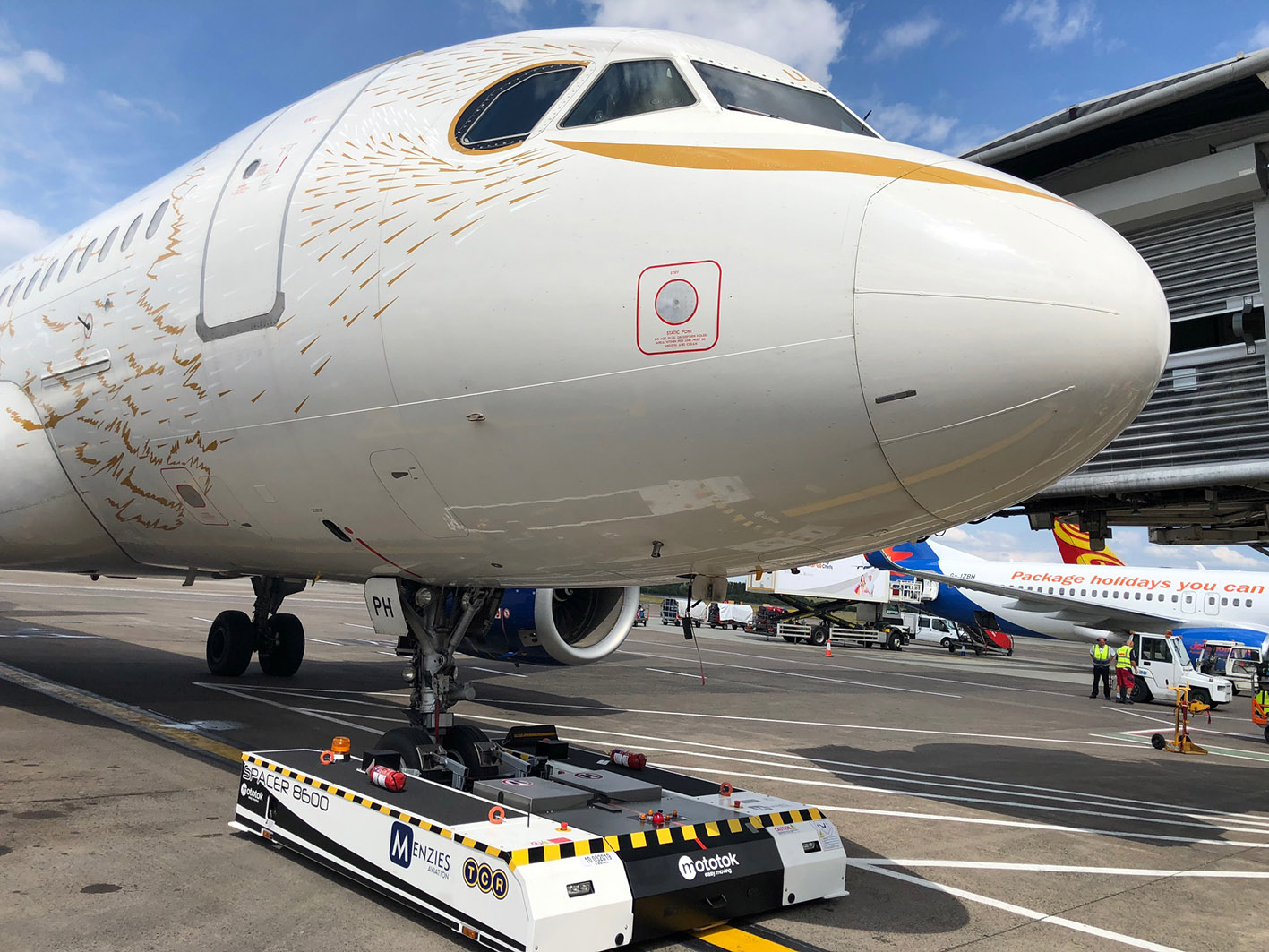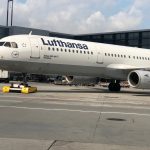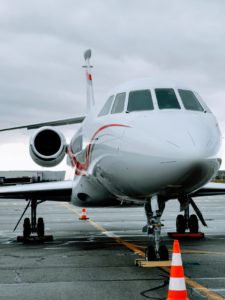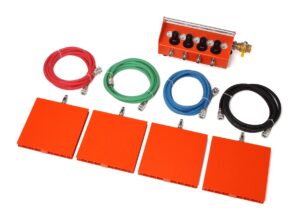Aviation safety relies on regular inspections, maintenance, and service aimed at minimizing potential problems. This, in turn, relies on the use of only correct, reliable aircraft parts, as well as a concerted effort to eliminate human error.
Inspections involve regular manual checks and visual examinations that are designed to determine the condition of components and aircraft parts. The primary aim is to maintain aircraft in optimal conditions to avoid any kind of failure that could cause an accident.
The Federal Aviation Administration (FAA) points out, quite simply, that “regularly scheduled inspections and preventative maintenance assure airworthiness.” Maintaining aircraft parts and service reduces malfunctions and the possibility of operating failures because it detects minor defects and wear and tear early on, and enables technicians to correct and rectify them immediately. Keeping proper records also helps the process.
Aircraft Inspections
The types of inspections on airframe and aircraft engine parts vary from relatively quick preflight inspections to those that are very detailed. The time frame between more detailed inspections depends largely on the aircraft and the operations being conducted with the aircraft. Manufacturers commonly suggest or establish intervals at which inspections should be carried out.
Calendar inspection systems are common, though inspections based on flight hours for scheduling may be preferred. Sometimes, a calendar inspection system may be used with hourly operating limitations.
The FAA also provides guidelines for the inspection of aircraft parts and services, including the reference material that needs to be studied and paperwork that must be completed. Logbooks must be reviewed and the entire maintenance record checked.
The FAA also suggests numerous checklists that relate to every part of the aircraft:
- Fuselage and hull
- Cabin and cockpit
- Engine and nacelle used to house the engine
- Landing gear
- Wing and center section of the aircraft
- Empennage or tail assembly
- Propellers
- Items and equipment used for navigation and communication
- Other miscellaneous items including autopilot systems, emergency and first aid equipment, parachutes, life rafts, and so on
Each of these is checked for specific conditions, operations, and possible failures.
Control of Aviation Critical Safety Items
Critical Safety Items (CSIs) relate to US Government contracts and they demand even stricter inspections because they relate to defense agencies and military services in the USA. Specifically, they relate to aircraft parts and service systems that could cause:
- Catastrophic or critical failure systems
- Injury or death
- Accidental engine shutdowns
These might be caused by a single part or component, an assembly, particular installation equipment, launch equipment, support or recovery equipment for any aircraft or aviation weapons system. One of the issues is the need to ensure that whether aircraft parts and services are developed specifically for the military, are already available in military inventory stocks, or can be found in commercial-off-the-shelf (COTS) supplies, that they meet the safety requirements.
Quality plans as well as inspections that relate to aircraft parts and service sometimes demand a total of 100 percent inspection procedures to make sure that failure is not an option!
Dynaron Enterprise specializes in aircraft spare parts suppliers in Singapore and will undertake the repair as well as supply and overhaul of both fixed-wing airplane components and parts.






